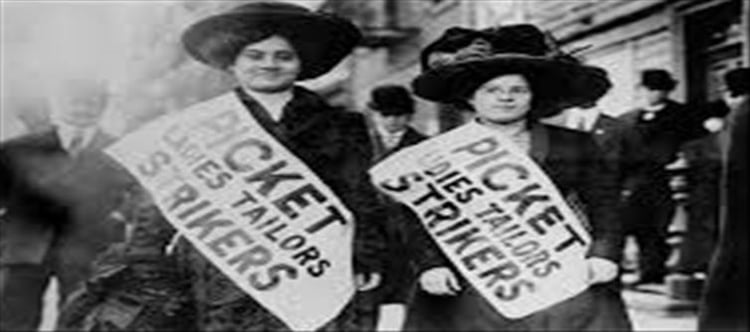
Women's March for Bread and Roses-International Women's Day...
The phrase "Bread and Roses" comes from a protest that took place in the early 20th century and has since become a powerful symbol of women's rights and labor movements. It is often associated with International Women’s Day because it reflects the broader struggle for economic justice and dignity.
The Origin of "Bread and Roses"
The phrase comes from a speech by Rose Schneiderman, a labor activist, and was later popularized by a poem written by james Oppenheim in 1911. It became a rallying cry during the 1912 lawrence Textile strike in Massachusetts, led mainly by immigrant women workers. The slogan represents the demand for both fair wages ("bread") and better working conditions and quality of life ("roses").
Impact and Legacy
After nine weeks of protests, the strike ended in victory—workers won higher wages and better conditions.
The phrase "Bread and Roses" became a rallying cry for women’s rights and labor movements worldwide.
The event is commemorated as part of the larger struggle for gender equality and workers’ rights, aligning with the spirit of international Women's Day.
Connection to International Women's Day
Women have historically been at the forefront of labor rights movements, and the fight for fair wages, shorter working hours, and humane conditions was deeply tied to International Women’s Day, which was first recognized in 1911. Many of the early protests that shaped the holiday focused on similar issues as those in the Bread and Roses strike, making the phrase a fitting symbol for the broader feminist and workers’ rights movements.




 click and follow Indiaherald WhatsApp channel
click and follow Indiaherald WhatsApp channel